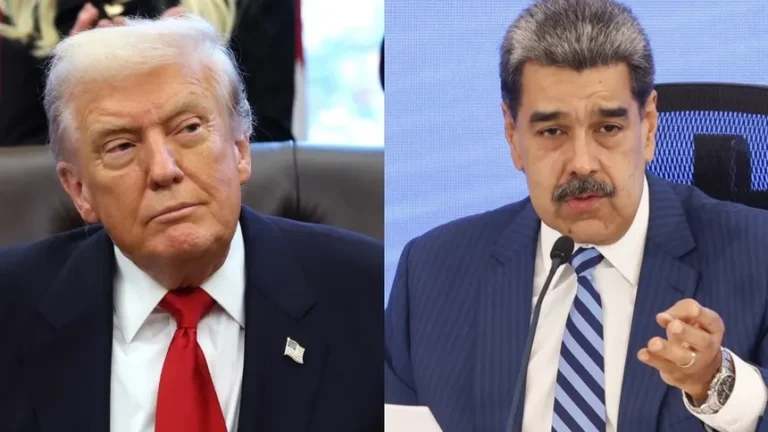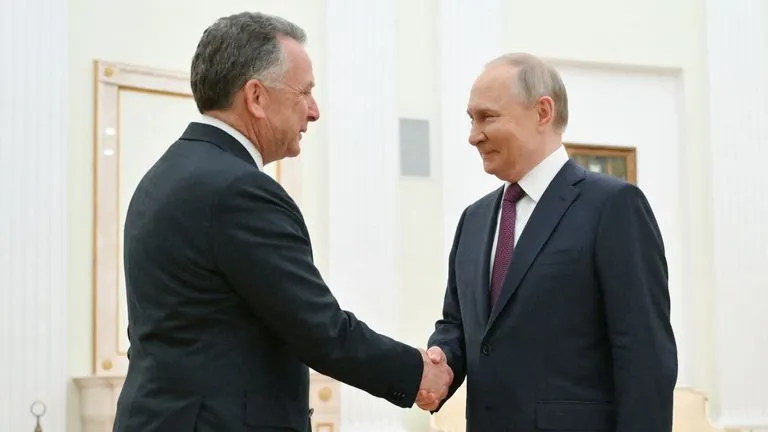
HONG KONG — Conflicting statements from Washington and Beijing have fueled uncertainty around the state of U.S.-China trade negotiations, as high tariff levels continue to disrupt global markets.
On Wednesday, President Donald Trump said that the U.S. and China were “actively” discussing tariff reductions. However, a Chinese foreign ministry spokesperson disputed that claim Thursday, stating that “China and the U.S. have not engaged in any consultations or negotiations regarding tariffs.”
The disagreement comes as both countries maintain steep import tariffs—145% from the U.S. on Chinese goods, and 125% from China on American exports—effectively curbing trade between the two economies.
U.S. Treasury Secretary Scott Bessent acknowledged that no formal negotiations are underway, but suggested that both sides recognize the current tariffs are unsustainable. Market volatility followed the mixed messaging, with U.S. stocks retreating from early gains and Asian and European markets closing lower.
While President Trump has hinted at potential flexibility in tariff levels, White House officials have maintained that there will be no unilateral reductions. Meanwhile, a senior administration official confirmed that any discussions with Beijing are currently at a low level and not being led by Cabinet members.
The International Monetary Fund recently lowered global economic growth forecasts, citing concerns over prolonged trade disruptions. Logistics firms have also reported rising shipment cancellations due to tariff uncertainty.
Beijing has signaled that while it is open to discussions, it has not initiated new negotiations and is prepared to endure further trade pressure if needed. Analysts suggest that both sides face internal pressures but remain far apart on resolving the dispute.




